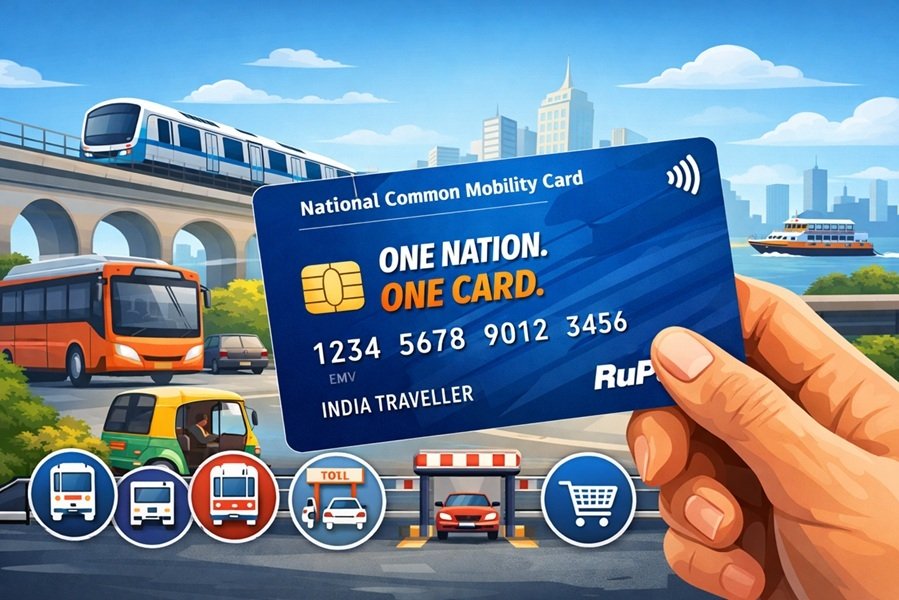
India’s digital economy has long been powered by global tech giants, but a new chapter may be unfolding. Union Minister for Electronics and IT, Ashwini Vaishnaw, recently made headlines by announcing that he has adopted Zoho’s office suite — an indigenous alternative to Google Workspace and Microsoft 365. More than a personal choice, the move is being seen as a strategic push for Swadeshi software adoption, sparking debates around digital sovereignty, economic self-reliance, and the future of India’s SaaS ecosystem.
A Symbolic Yet Strategic Move
When a sitting minister decides to publicly shift his workflow to a homegrown platform, the impact goes far beyond software preference. Vaishnaw’s decision is in sync with the “Aatmanirbhar Bharat” vision that encourages the use of locally developed technologies. His message to citizens and organizations was simple but powerful: if a minister can work productively on Zoho, so can you.
This endorsement provides Zoho with something money can’t buy — government-backed legitimacy. Founder Sridhar Vembu quickly welcomed the announcement, calling it a morale booster for the company’s engineers and a proud moment for Indian innovation.
Why Zoho?
Zoho is not an unknown name in global SaaS. Headquartered in Chennai with offices worldwide, it offers a suite of productivity and enterprise tools — from documents and spreadsheets to CRM and finance software. What sets Zoho apart is its bootstrapped growth model and emphasis on data privacy. Unlike competitors who rely heavily on advertising-driven models, Zoho positions itself as a privacy-first, customer-funded company.
For the Indian government, these values align well with goals of data sovereignty and reducing dependency on foreign providers. By encouraging adoption of Zoho, the government signals confidence in the capabilities of domestic engineering talent.
The Practical Side of Migration
While the announcement has symbolic weight, practical questions remain. Can Indian government agencies truly migrate thousands of users from entrenched platforms like Microsoft 365 or Google Workspace to Zoho?
Some realities to consider:
- Compatibility & Features: Zoho covers most day-to-day productivity tasks, but specialized enterprise needs (macros in Excel, integrations with third-party apps, advanced cloud collaboration) may require transition planning.
- Training Needs: Staff accustomed to global platforms would need onboarding sessions to avoid productivity dips.
- Security & Compliance: Any government-wide migration must meet strict benchmarks on encryption, uptime, and data protection certifications.
- Interoperability: Smooth file-sharing with external partners — many of whom still use Google or Microsoft — remains a key challenge.
In short, Zoho is capable of meeting most organizational needs, but scaling to the government level requires structured pilots, strong SLAs, and careful change management.
Policy and Economic Implications
Vaishnaw’s shift is part of a broader conversation around digital nationalism:
- Data Sovereignty: By adopting domestic platforms, India can ensure sensitive data remains within its jurisdiction.
- Industrial Policy: Encouraging Indian software strengthens the local SaaS ecosystem, creates jobs, and attracts investment in research.
- Competitive Pressure: Moves like this may force Big Tech to invest more deeply in India, offering local hosting and tailored pricing to retain customers.
- Global Message: India positions itself as a country ready to compete in core technology, not just outsourcing or IT services.
Risks and Criticisms
Of course, not everyone sees this shift as a silver bullet. Critics highlight a few potential risks:
- Symbolism without substance: Unless backed by actual procurement policies and measurable migration, the move may remain a personal endorsement rather than a systemic change.
- Vendor lock-in in a new form: While reducing reliance on global giants, depending solely on a single domestic vendor also carries risks.
- Political Framing: If software adoption becomes overly politicized, it might discourage practical, merit-based decision-making.
What Could Happen Next?
- Pilots in Government Agencies: Expect a wave of small-scale trials in ministries and public-sector enterprises using Zoho.
- Boost for Local SaaS: Other Indian firms may gain visibility as the government encourages a Swadeshi-first procurement mindset.
- Competitive Dynamics: Microsoft and Google may ramp up offers, local R&D investment, and government relations to defend their market share.
- Public Perception Shift: If Zoho delivers seamless experiences, citizens may start viewing Indian products as viable global-class alternatives.
Conclusion
Ashwini Vaishnaw’s adoption of Zoho is more than a minister’s software choice — it is a statement about India’s technological future. While practical challenges remain, the symbolic weight of this decision is undeniable. It places Zoho at the heart of the Swadeshi software conversation and challenges both government and industry to think deeply about digital independence, data security, and local innovation.
If executed thoughtfully, this could mark the beginning of India’s journey from being a consumer of global tech to a creator of global-class platforms.





